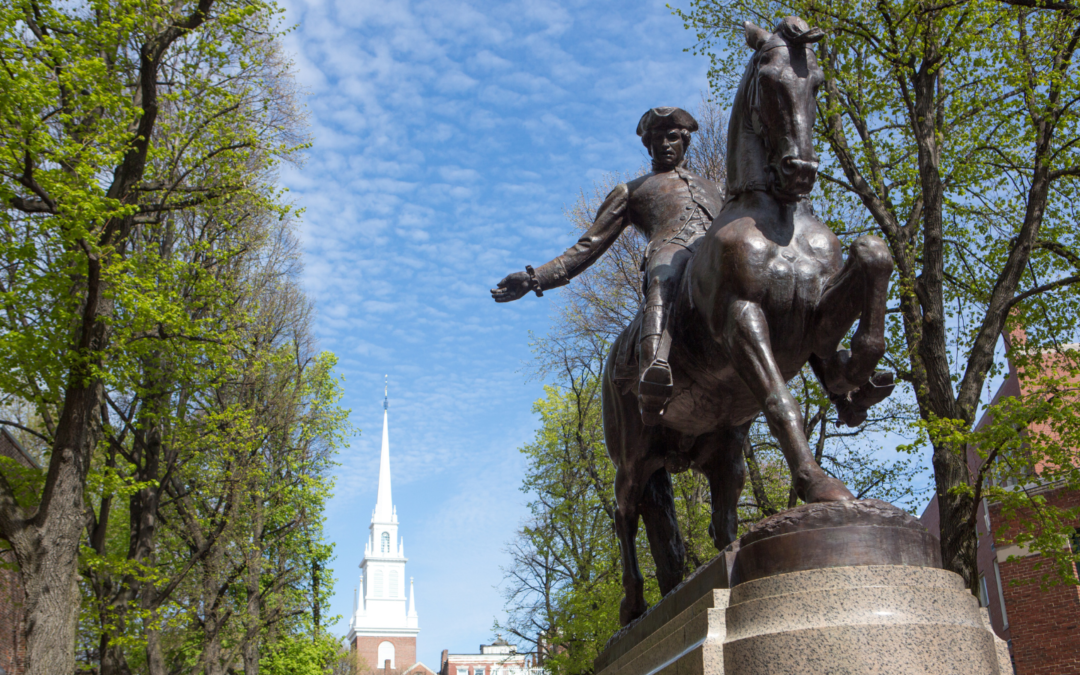America has always recognized the value of trees in the landscape. So much so, the nation’s first Arbor Day occurred on April 10th, 1872, in Nebraska City, Nebraska, where civilians celebrated by planting an estimated one million trees. The late President Richard Nixon, the same president who established the Environmental Protection Agency in 1970, issued a Presidential Proclamation to designate the last Friday in April as National Arbor Day that same year.
According to the Arbor Day Foundation, planting a tree is one of the easiest and most powerful things you can do to have a positive impact on the environment. There are numerous benefits to greening up a city’s landscape that include:
- Trees add oxygen and improves air quality
- Creates shaded areas and lowers average temperatures during extreme heat
- Cools our buildings while reducing electricity bills
- Stabilizes soil, decreases erosion, and slows storm water runoff
- A tree canopy acts as a wind breaker
- Reduces pavement maintenance costs
- Reduces urban noise
- Beautifies a full sun area where grass cannot be maintained
- Provides habitat for birds, insects, and other living things
- Provide fruits
Trees and vegetation are most useful as a mitigation strategy when planted in calculated locations around buildings. To maximize energy savings, trees should be located at least 5-10’ but less than 30-50’ from a building.
Thanks to a 2019 graduate researcher Ashley McElhinney from UMass Amherst, you can access her complimentary manual “Planting for Resilience Guide, Selecting Urban Trees in Massachusetts” to assist you in choosing the best species to meet your planting objectives and the take note of the most successful area for the selected tree(s) to thrive in. The manual is available online as a downloadable pdf. There is also a web-based video in which McElhinney discusses the work she accomplished with Richard W. Harper, Extension Associate Professor of the Environmental Conservation Department at UMass Amherst. Thank you both!
Another successful way in promoting vegetation growth is to include an Open Space Development Ordinance in your community.
The Open Space Development Ordinance (OSD) provides developers an option to increase lot density beyond the zoning ordinarily allowed in exchange for dedicating a percentage of
their land to open space protection in perpetuity. This is a fantastic way for your community to preserve land without any direct cost to the city. The OSD ordinance provides a significant opportunity for a city to implement long term planning initiatives and preserve green space.
Keep in mind, vegetation can also affect driver sight lines, protrude into clear zones along highway right of ways, contribute to debris on roads, present fire hazards, and be pathways for pests and invasive species. When it comes to roadside vegetation, it is essential to weigh the advantages against any potential unintended consequences. This balance is crucial for ensuring that any application is truly beneficial.

